Many people ask about the differences between Tesla’s Autopilot and Full Self-Driving (FSD).
Since these terms are often used interchangeably, it creates confusion, especially for potential buyers or those curious about autonomous driving technology.
To clear up the confusion, we’ll break down the key differences between Autopilot and FSD, helping you choose the right option.
Tesla’s Autopilot and FSD simplify driving and aim for full autonomy, but they differ in their purposes, features, and costs.
Let’s explore the key differences.
Here is another related review: Xiaomi SU7 Price, Specs, Features 2024
Differences Between Tesla Autopilot and FSD
| Feature | Autopilot | FSD |
|---|---|---|
| Level of Autonomy | Level 2 | Level 2 (aiming for 4-5) |
| Primary Purpose | Assists with driving tasks | Designed for future full autonomy |
| Key Features | Driving Assistance | Enhanced Features |
| Lane-keeping | All Autopilot features | |
| Traffic-aware cruise control | Automatic lane changes | |
| Automatic emergency braking | Navigate on Autopilot | |
| Steering assist | Traffic light and stop sign control | |
| Smart Summon | ||
| City Street Driving (Beta) | ||
| Cost | Included in base price | Additional cost (varies) |
| Legal Status | Widely accepted | Faces ongoing regulatory challenges |
| Hardware Requirements | Standard in most recent Teslas | Requires Hardware 3.0 or later |
| Software Updates | Regular updates | Frequent updates for new features |
1. Level of Autonomy
Autopilot is Tesla’s standard driver assistance system, classified as Level 2 autonomy on the SAE International scale.
It can control steering, acceleration, and braking in certain situations, but the driver must stay alert and ready to take over at any moment.
In contrast, FSD aims for much higher levels of autonomy. Currently, it’s still considered Level 2, but Tesla is working towards achieving Level 4 or 5 autonomy.
At these levels, the car would be capable of driving itself in most or all situations without human intervention.
It’s important to understand that despite its name, FSD is not yet fully autonomous. Both systems still require active driver supervision.
2. Functionality
Autopilot primarily focuses on highway driving. Its key features include:
- Traffic-Aware Cruise Control
- Autosteer (lane keeping assistance)
FSD, on the other hand, offers a more comprehensive suite of features:
- Navigate on Autopilot (automatic driving from highway on-ramp to off-ramp)
- Auto Lane Change
- Autopark
- Summon
- Traffic and Stop Sign Control
FSD is designed to handle more complex driving scenarios, including city streets.
However, remember that these features are still in development and may not work perfectly in all situations.
Reader FAQs:
Nothing, FSD includes all of Autopilot’s features and expands on them.
No, Smart Summon is only available with the FSD package.
3. Hardware Requirements
All new Teslas come standard with the hardware needed for Autopilot.
This includes cameras, ultrasonic sensors, and radar (though newer models are transitioning to a camera-only system).
FSD requires more advanced hardware, specifically Hardware 3.0 or later, to handle its additional features.
While all Teslas built since 2016 have the necessary sensors for FSD, some older models may need a hardware upgrade to access all FSD features.
4. Legal and Regulatory Differences
Autopilot is widely accepted and clearly defined as a driver assistance system. The driver’s legal responsibilities are well-established.
FSD, however, faces ongoing regulatory challenges. As it aims for higher levels of autonomy, questions about liability and legal responsibility become more complex.
Different countries and states have varying regulations regarding autonomous vehicles, which could affect FSD’s rollout and capabilities.
5. Software Updates and Improvements
Both Autopilot and FSD receive regular over-the-air updates. However, FSD users typically get more frequent updates with new features and capabilities.
Tesla also runs an FSD Beta program, allowing select users to test new features before they’re widely released.
This program provides valuable real-world data to improve the system but also highlights that FSD is still very much a work in progress.
The Wrap Up
If highway driving is going to be primarily the necessity for assistance, Autopilot is probably all you will ever need to think about. It comes standard on new Teslas, and it certainly provides a relief in long drives.
On the other hand, if you want to experience the high-end advanced features of Tesla and are not bothered by the additional cost, then the more comprehensive full self-driving package offered by FSD is a premium that will keep changing because of updates.
But don’t forget, full autonomy has yet to arrive; you will still need to be on your toes.
Take into consideration the differences between them in terms of autonomy, feature, cost, legality, and hardware requirements; you will know which one to choose as best for your style of driving.
People Also Ask 🤔
Yes, basic Autopilot is included in all new Tesla cars.
FSD offers significantly more advanced features, such as city street driving, Summon, and automatic navigation, which justifies its higher price.
No, FSD still requires driver supervision by law.
No, regulatory approval for FSD varies by region, and in most areas, FSD is still considered a driver assistance tool.
Yes, but it comes at a significant cost. The upgrade price varies, so check Tesla’s website for current pricing.
No. Both Autopilot and FSD are advanced driver assistance systems, not fully autonomous driving systems. Always stay alert and ready to take control.
Activation typically occurs through the vehicle’s touchscreen interface; consult your owner’s manual for specific instructions based on your model.
Yes, both systems require driver supervision; performance may vary based on road conditions and environmental factors.
FSD includes all Autopilot features plus additional functionalities such as Navigate on Autopilot, Auto Lane Change, Traffic Light Control, Autopark, and Smart Summon.
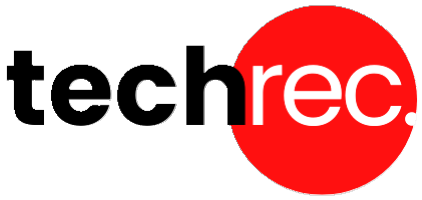
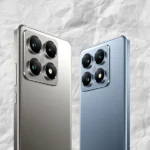
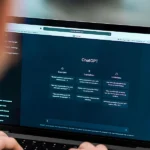
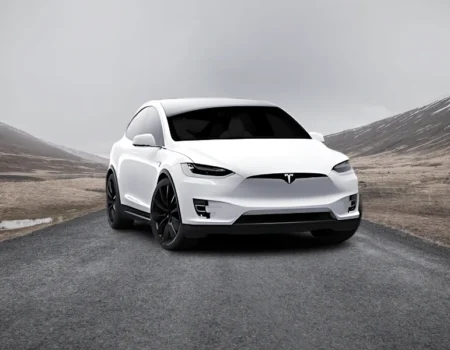
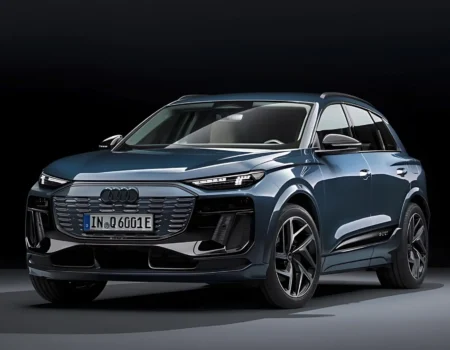
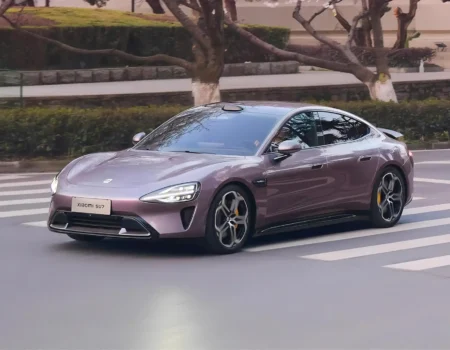
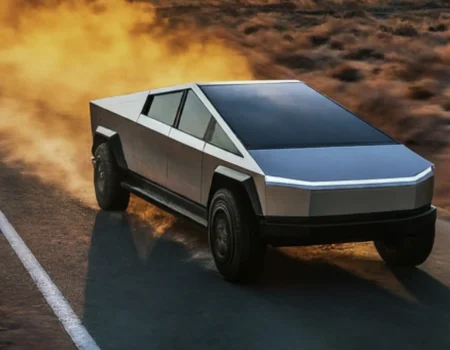
No Comment! Be the first one.